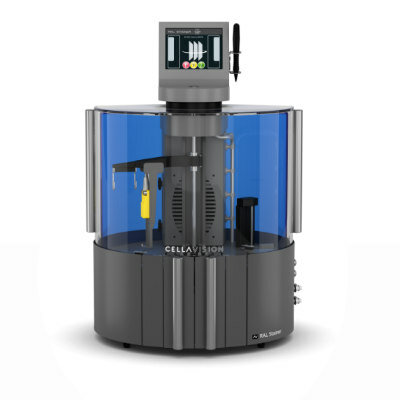Thyroid Function Tests Need Standardization
By LabMedica International staff writers
Posted on 01 Dec 2010
Laboratory testing is an essential tool for diagnosis and management of thyroid diseases, but the current status of standardization hampers the interchangeability of results.Posted on 01 Dec 2010
An assessment has been made of the level of standardization and the quality of the performance of current routine assays such as human thyroid stimulating hormone (TSH), and free and total thyroid hormone in serum from apparently healthy donors.
A study carried out at Ghent University, (Ghent, Belgium), compared five different thyroid function assays including TSH, free thyroxine (FT4), free triiodothyronine (FT3), Total T4 (TT4) and total T3 (TT3) using one to several immunoanalyzers. A second objective was to investigate the effect of mathematical recalibration of the results using their relationship to the overall mean (TSH) or the reference measurement procedure values of other thyroid hormones.
The need for standardization was shown to be highest for free thyroid hormone and total triiodothyronine measurements, while the majority of TSH and total thyroxine assays agreed within 10% of the reference. Most of the assays showed good performance with consistent results. However, some could benefit from improved precision, consistency of calibration, or within- and between-run stability. Recalibration eliminated any assay-specific bias that was found. The residual spread was due to within-method effects, but sample-related effects remained.
The authors concluded, "The studies confirmed the feasibility of standardization based on method comparison with native sera, but highlighted the need to resolve issues, such as sample-related effects. In view of the fact that in this phase the project worked with samples from individuals with euthyroid status, the next method comparison shall place emphasis on challenging the performance of the assays with clinical samples and expanding the covered measurement range.” The study was published in November 2010, in Clinical Chemistry and Laboratory Medicine.
Related Links:
Ghent University













